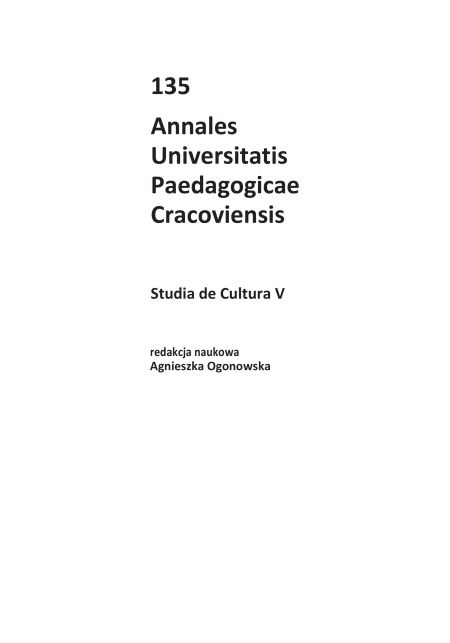Abstrakt
Chris Eyre’s work in the context of film adaptation problems
Chris Eyre is a native American independent filmmaker. Some of his films are based on the books by Sherman Alexie and Tony Hillerman. At the same time, Eyre adapts American mainstream film genres (road movies, sport movies) in order to revise cinematic representations of the native Americans. The author of this article analyses such films as Smoke Signals, The Edge of America, Skinwalkers and We Shall Remain, trying to define the role and meaning of different adaptation strategies in Eyre’s works. In Smoke Signals and The Edge of America the director pictures and discusses the most important issues of modern Indian identity. In this context his films seem to prove that the dominant cinematic representations of native Americans are changing.
Bibliografia
Alexie S. (2000), Dear John Wayne, w: tegoż, The Toughest Indian in the World, New York.
Zobacz w Google Scholar
Alexie S. (2000), One Good Man, w: tegoż, The Toughest Indian in the World, New York.
Zobacz w Google Scholar
Jojola T. (2003), Absurd Reality II. Hollywood Goes to the Indians, w: P.C. Rollins, J.E. O’Connor (red.), Hollywood’s Indian. The Portrayal of the Native American in Film, Lexington.
Zobacz w Google Scholar
Kilpatrick J. (1999), Celluloid Indians: Native Americans and Film, Lincoln.
Zobacz w Google Scholar
Mann Ch.C. (2007), 1491: Ameryka przed Kolumbem, przeł. J. Szczepański, Poznań.
Zobacz w Google Scholar
Pitrus A. (2010), Porzucone znaczenia. Autorzy amerykańskiego kina niezależnego przełomu wieków, Kraków.
Zobacz w Google Scholar
Plesnar Ł.A. (2009), Twarze westernu, Kraków.
Zobacz w Google Scholar
Riley M.J. (2003), Trapped in the History of Film, w: P.C. Rollins, J.E. O’Connor (red.), Hollywood’s Indian. The Portrayal of the Native American in Film, Lexington.
Zobacz w Google Scholar
Ross A.M. (2008), The Princess Production. Locating Pocahontas in Time and Space, Ann Arbor.
Zobacz w Google Scholar
Thomas D.H. (2000), Skull Wars: Kennewick Man, Archeology and the Battle for Native American Identity, New York.
Zobacz w Google Scholar
Verhoeff N. (2006), The West in Early Cinema. After the Beginning, Amsterdam.
Zobacz w Google Scholar
Warrior R. (2001), Foreword, w: B.R. Singer, Wiping the War Paint off the Lens: Native American Film and Video, Minneapolis.
Zobacz w Google Scholar
Cytowane strony internetowe:
Zobacz w Google Scholar
http://www.aifisf.com/history.php, data dostępu: 12.08.2010 r.
Zobacz w Google Scholar

